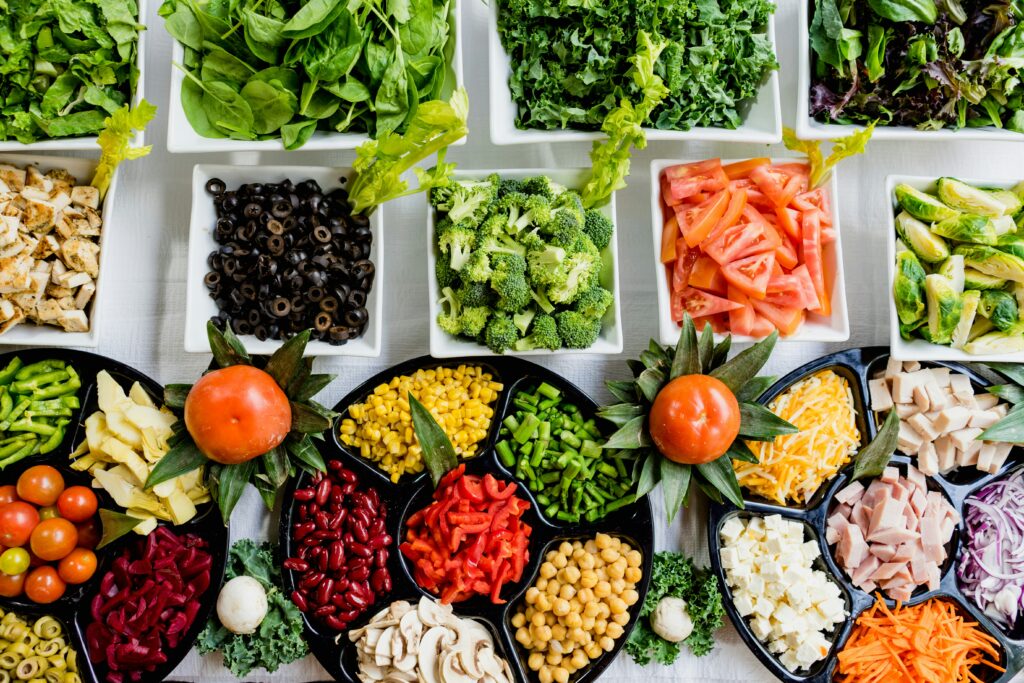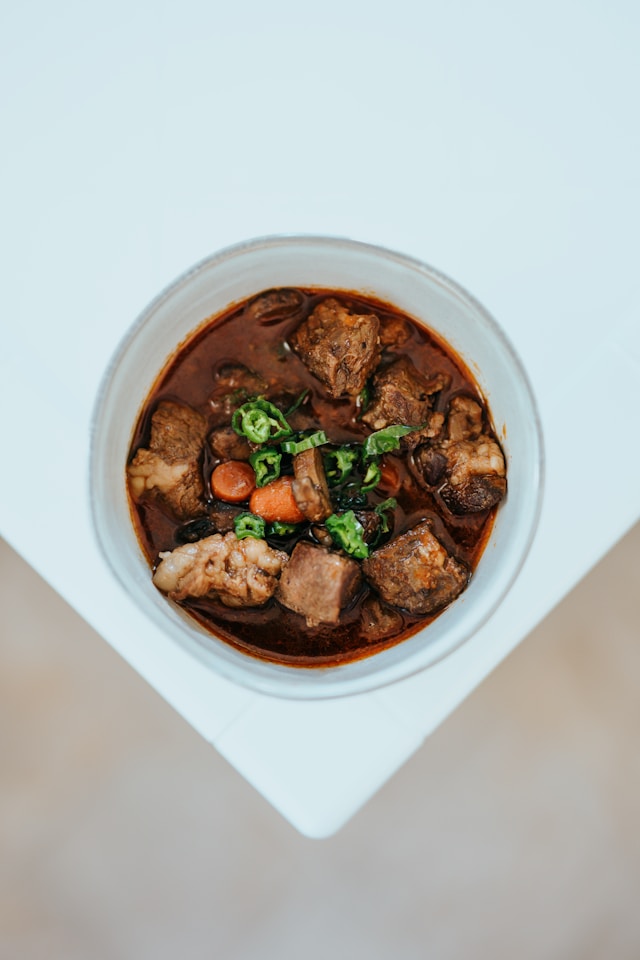What is insulin?
A hormone is a chemical that is produced by special cells in the body and released into the blood to send a message to another part of the body. That is why they are called chemical messengers. Insulin is one of the most important chemical messengers that regulate how our body uses the food we eat to produce energy.
When a person eats food containing carbohydrates, the food is digested and broken down into a type of sugar called glucose. This causes the release of the chemical messenger called insulin. Insulin sends a signal to the cells in the body to absorb the sugar. The cells use glucose to produce energy that helps them to function. However, if the amount of energy produced from the food the person eats is more than the energy that the body needs, the excess energy is converted to fat and stored in the liver, muscles, and fat cells for a longer period. When this happens, the amount of fat and blood sugar in the blood also increases.
What is insulin resistance?
The cells of the body may stop responding to the signal from insulin very well. When the cells do not respond to the signals from insulin, they are not able to absorb glucose from the blood very well. This is called insulin resistance. This causes glucose to accumulate in the blood and rise to levels that are higher than normal. That is a level that is higher than 5.6 millimoles per Liter or 100 milligrams per decilitre. This is called pre-diabetes, a serious step towards developing type 2 diabetes.
Insulin resistance leads to a situation where the body cells are not getting the glucose they need to produce energy and they keep sending a signal to the special beta cells of the pancreas to release more insulin. This may continue until there is too much insulin in the blood and the body cells will stop responding to insulin.
When insulin resistance continues for a long time, the body cells may completely lose their ability to recognize the signal from insulin to absorb glucose from the blood into the cells or damage the beta cells of the pancreas that produce insulin. This makes it difficult for the body cells to absorb glucose from the blood. It causes the glucose to accumulate in the blood and keep rising to a level that is abnormal for the body to cope with (fasting blood sugar of more than or equal to 7mmol/l or random blood sugar that is equal to or greater than 11 mmol/l). This is called type 2 diabetes.
How do fat cells cause insulin resistance?
The accumulation of fat cells makes the body unable to regulate insulin well. This is called insulin resistance.
The storage of excess energy as fat in the body leads to insulin resistance in several ways as described below.
- Fat cells produce special types of protein compounds called cytokines. Examples of these protein compounds (cytokines) that fat cells produce are tumor necrosis factor (TNF)-α, interleukin (IL)-6, and interleukin (IL)-1. These protein compounds (cytokines) prevent the cells of the body from responding to the signals from insulin.
- Fat cells also produce chemical messengers called aldosterone and angiotensin that also prevent the cells of the body from responding to the signals of insulin.
- When fats in the blood and stored fat break down, they produce a substance called free fatty acids (lipolysis). These free fatty acids are released into the blood. These free fatty acids also prevent the cells in the body from responding to the signal of insulin.
- Free fatty acids in the blood may also cause damage to the special beta cells of the pancreas that produce insulin. This further increases the risk of developing type 2 diabetes.
How does insulin resistance contribute to cardiovascular diseases?
Insulin influences how blood vessels open to allow blood to flow freely (vasodilation). When insulin resistance occurs, this benefit of insulin on blood vessels reduces and does not open freely again to allow blood to flow freely (vasoconstriction). This obstruction leads to damage to blood vessels. In addition to this, insulin resistance contributes to cardiovascular diseases in the following ways:
- Insulin resistance causes blood cells to gum together and not flow freely (prothrombotic effect)
- Excess sugar in the blood increases the thickness of blood and also damages the blood vessels
- Free fatty acids and bad cholesterol cause a build-up of plaques in the blood vessels and this causes the blood vessels not to open very well and allow blood to flow freely (vasoconstriction)
- When the blood vessels keep constricting (closing up) and are not opening well to allow blood to flow freely, it leads to hypertension.
- It also limits the amount of blood flowing to vital organs such as muscles of the heart, kidneys, eyes, brain, etc. This leads to damage to these organs.
Insulin resistance also contributes to metabolic syndrome
Metabolic syndrome is when a group of conditions works together to increase a person’s risk for developing diseases of the heart and blood vessels. A person is said to have metabolic syndrome when he/she has at least three out of five of the following conditions;
- The raised blood sugar of more than or equal to 100 milligrams per deciliter (mg/dl) or 5.6 millimoles per liter (mmol/l)
- The width of the tummy is more than 40 inches in men and 35 inches in women. This is what is called potbelly in both men and women.
- The amount of fats in the blood is very high. This happens when the amount of fats called triglyceride is more than equal to 150 milligrams per deciliter of blood or 1.69 millimoles per liter AND
- when the amount of good cholesterol (High-Density Lipoprotein cholesterol) is less than 40 milligrams per deciliter in men or less than 50 milligrams per deciliter in women
- Blood pressure is raised above normal levels. Any value of systolic that is equal to or greater than 130 mmHg and/or diastolic that is equal to or greater than 85 mmHg is hypertension.
The main problem that makes a person more likely to develop metabolic syndrome is the accumulation of fat cells in the body especially in the abdomen (tummy) and upper parts of the body.
Weight loss and Type 2 diabetes prevention
The strong role that weight gain plays in insulin resistance, pre-diabetes and progression to type 2 diabetes underscores the benefits of weight loss in diabetes prevention. Fat loss improves insulin sensitivity and improves the ability of the cells to absorb blood sugar. This reduces the accumulation of sugar in the blood and reduces progression to Type 2 Diabetes.
In addition, losing weight can:
- Prevent or delay type 2 diabetes
- Ease sleep problems,
- arthritis,
- depression,
- Lower your blood pressure and cholesterol levels,
- Make you feel better about yourself,
Sources
- Abdullah A., Peeters A., De Courten M., Stoelwinder J. The magnitude of association between overweight and obesity and the risk of diabetes: A meta-analysis of prospective cohort studies. Diabetes Res. Clin. Pract. 2010;89:309–319. doi: 10.1016/j.diabres.2010.04.012.
- Verkouter I, Noordam R, le Cessie S, van Dam RM, Lamb HJ, Rosendaal FR, van Heemst D, de Mutsert R. The Association between Adult Weight Gain and Insulin Resistance at Middle Age: Mediation by Visceral Fat and Liver Fat. J Clin Med. 2019 Sep 28;8(10):1559. doi: 10.3390/jcm8101559. PMID: 31569345; PMCID: PMC6832997.
- Fahed, G., Aoun, L., Bou Zerdan, M., Allam, S., Bou Zerdan, M., Bouferraa, Y., & Assi, H. I. (2022). Metabolic Syndrome: Updates on Pathophysiology and Management in 2021. International journal of molecular sciences, 23(2), 786. https://doi.org/10.3390/ijms23020786




